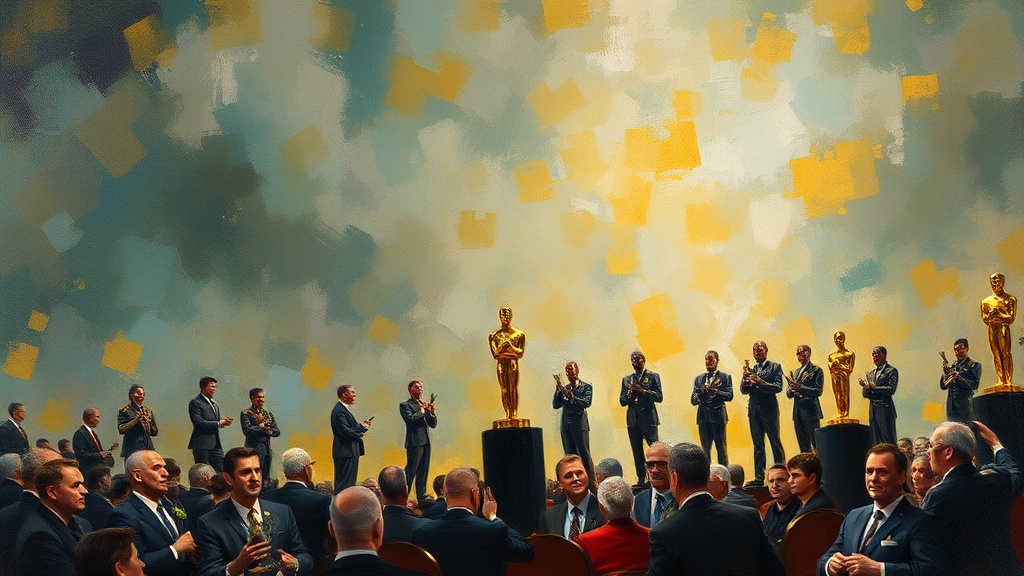The SAG Awards remain one of the most closely watched markers of acting excellence, prized for one defining feature: actors voting for actors. That peer-driven model gives the awards a unique cachet — nominees and winners are recognized by the community that best understands the craft and demands of performance.
What sets the SAG Awards apart
– Peer recognition: Unlike broadcast or critic awards, winners are chosen by fellow performers, which often makes a SAG win feel especially meaningful for careers and résumés.
– Ensemble emphasis: Categories celebrate not just individual achievement but collaborative storytelling. Ensemble awards for film and television can propel lesser-known projects into the cultural conversation.
– Broad scope: The ceremony honors leading and supporting performances across film and television, along with ensemble and stunt categories that acknowledge teamwork and technical bravery.
How the process generally works
Eligibility and nominations are typically determined by professional union rules and submission processes set by the organization.
Membership-based voting ensures a large, profession-specific electorate. Because active performers make nominations and final selections, campaigns often focus on reaching union members with screeners, focused screenings, and opportunities for artists to speak directly about their craft.

Why a SAG win matters
A SAG victory serves as both symbolic and practical currency. Symbolically, it signifies validation from peers who understand nuance, technique, and risk.
Practically, it can boost an actor’s visibility for casting directors, production companies, and audiences, and it can strengthen an artist’s bargaining position during negotiations. For ensemble winners, the win often elevates the entire cast and can extend a project’s shelf life on streaming platforms and in film distribution.
Trends shaping the awards landscape
Streaming platforms and limited series have become central to nominations and wins, reflecting how storytelling formats continue to evolve. Diversity and representation have been ongoing priorities, influencing both what gets produced and which performances resonate with voting members.
Another trend is the recognition of stunt ensembles and technical collaborators, highlighting a broader appreciation of the craft beyond on-camera performances.
Red carpet and cultural influence
Beyond the trophies, the SAG Awards still command red-carpet attention. Fashion moments, acceptance speeches, and on-stage tributes often create headlines and social conversation. Performers frequently use the platform to spotlight collaborators, causes, and creative processes, which can amplify cultural conversations around the projects honored.
Tips for actors and teams aiming for SAG recognition
– Prioritize peer engagement: Events where performers can hear about a performance’s process often translate into stronger appreciation and votes.
– Showcase ensemble strengths: Highlight how individual performances serve the collective story to appeal to ensemble-minded voters.
– Use targeted outreach: Screenings, Q&As, and direct communications to voting members generally outperform broad consumer marketing when it comes to peer awards.
– Emphasize craft details: Voters respond to concrete examples of technique, risk, and preparation that illustrate an actor’s dedication.
For audiences, the SAG Awards offer a potent snapshot of what actors value in storytelling and performance.
Whether signaling rising talent, honoring a career-defining turn, or recognizing the strength of a collaborative cast, the awards continue to play a key role in shaping which performances are remembered and celebrated.